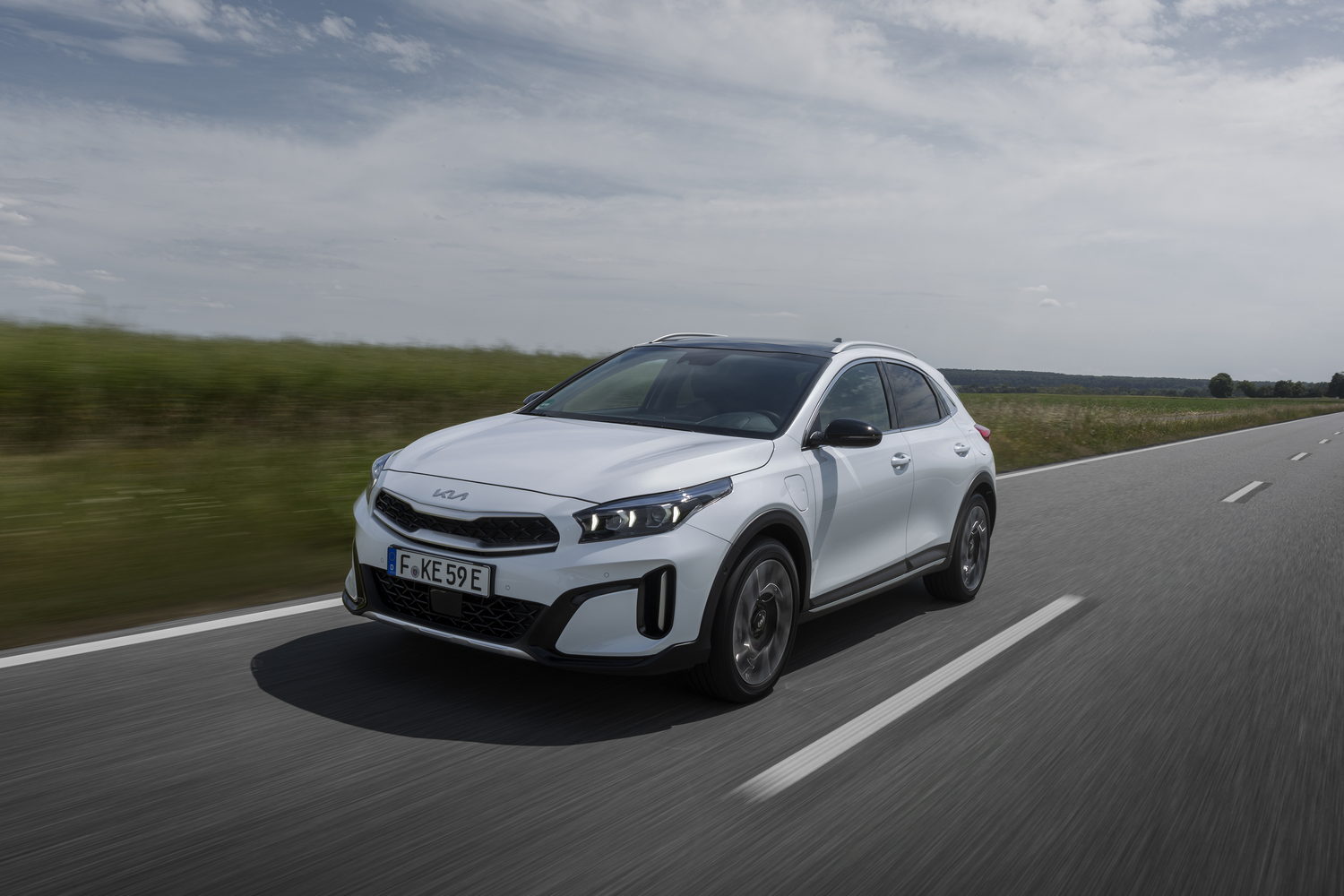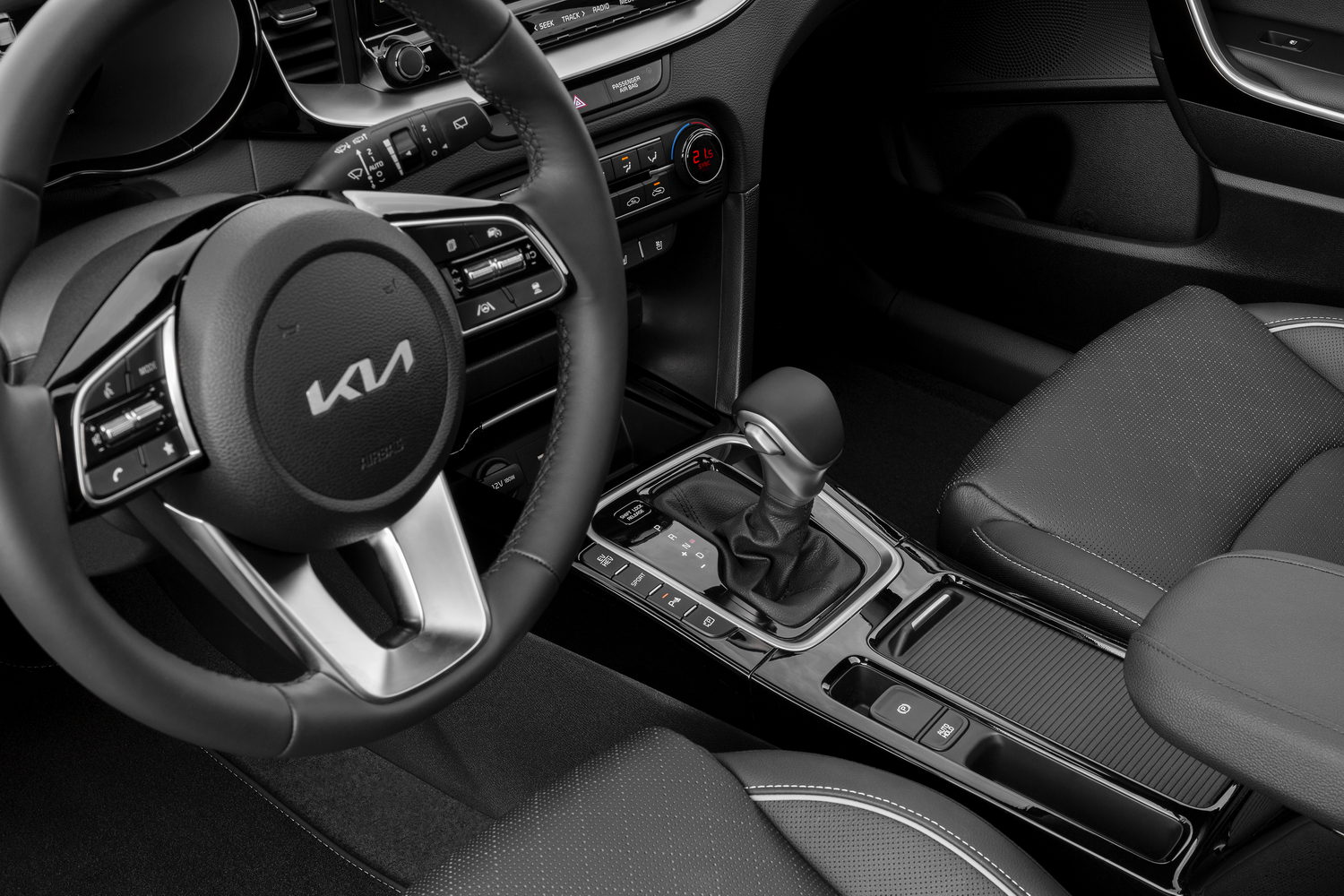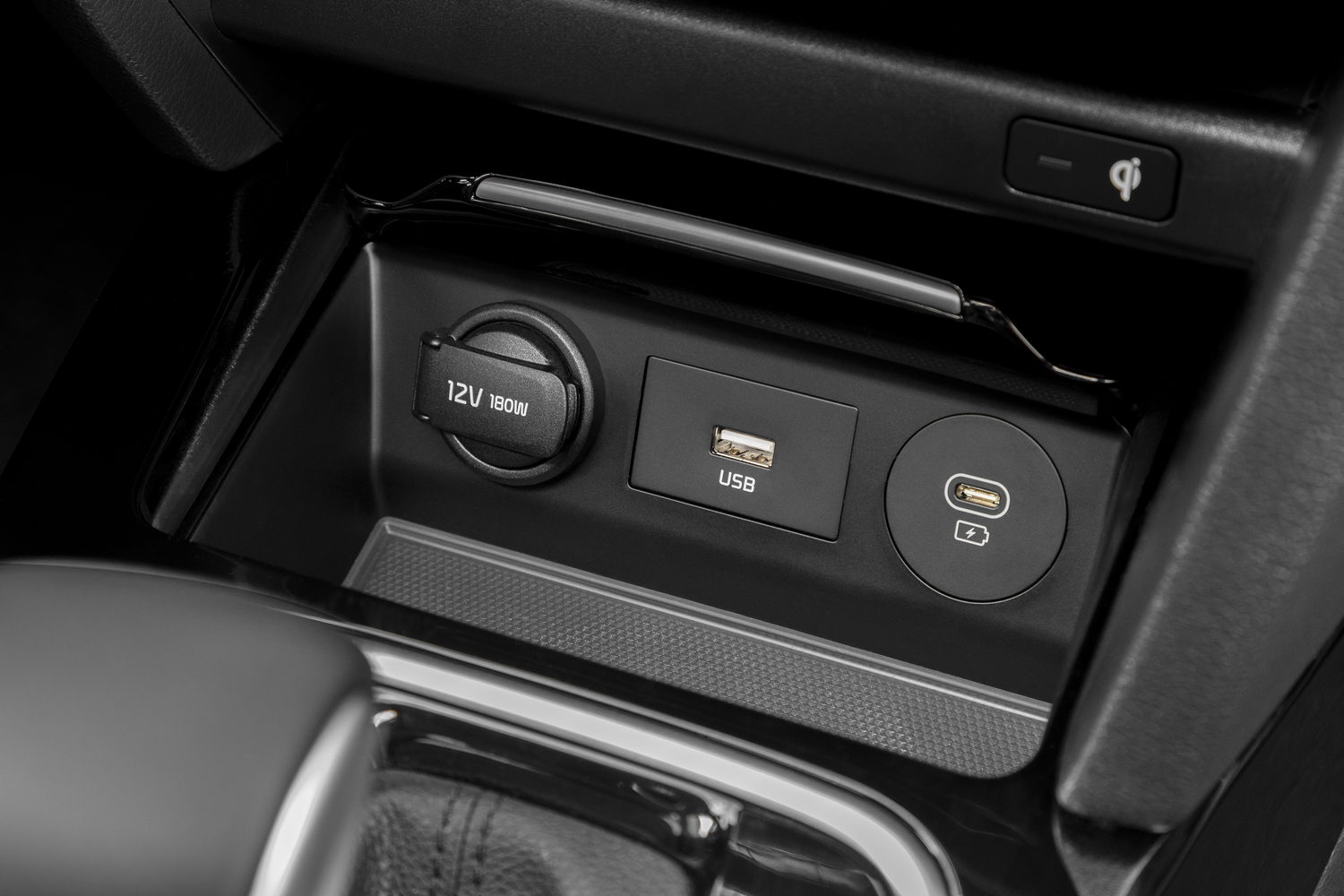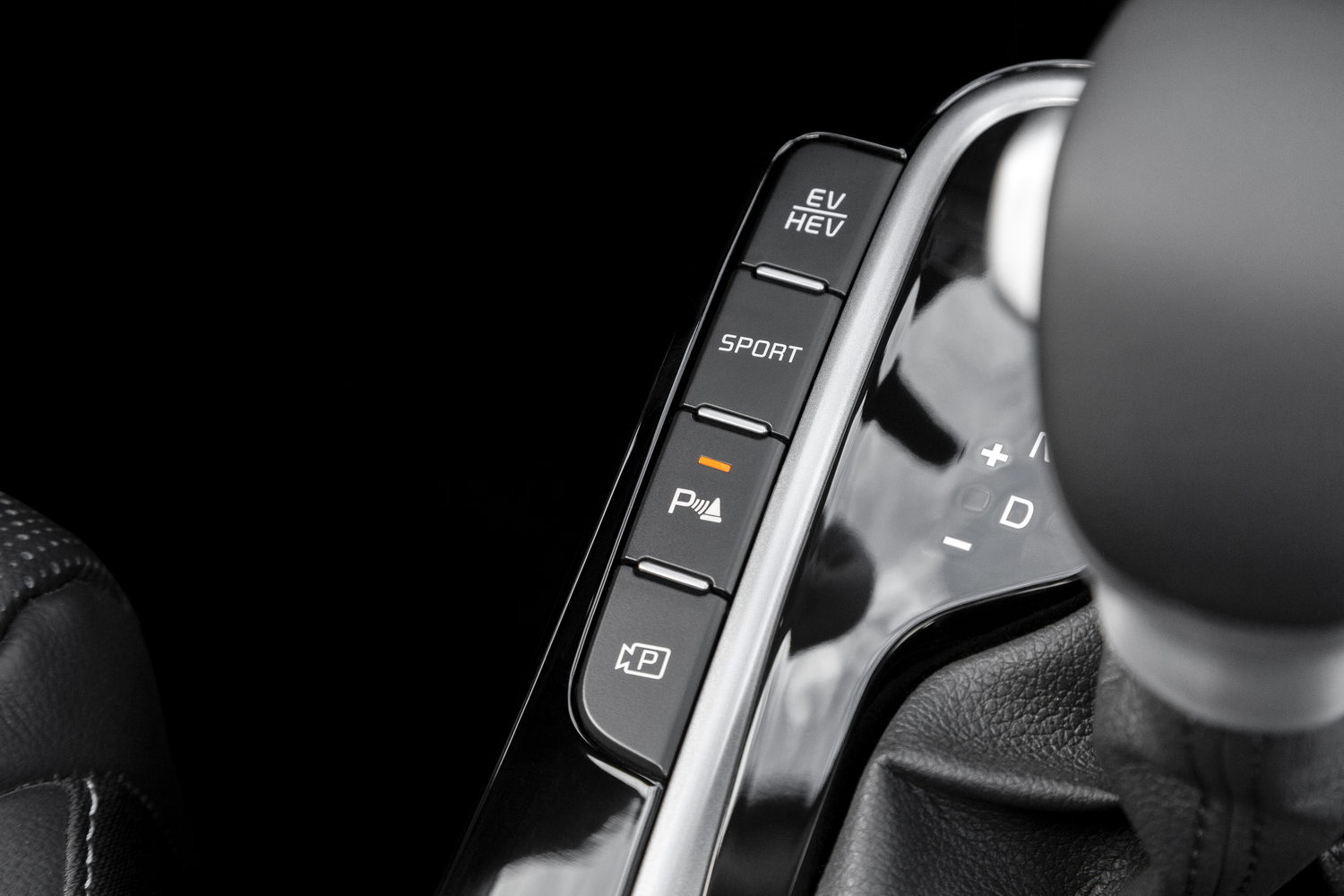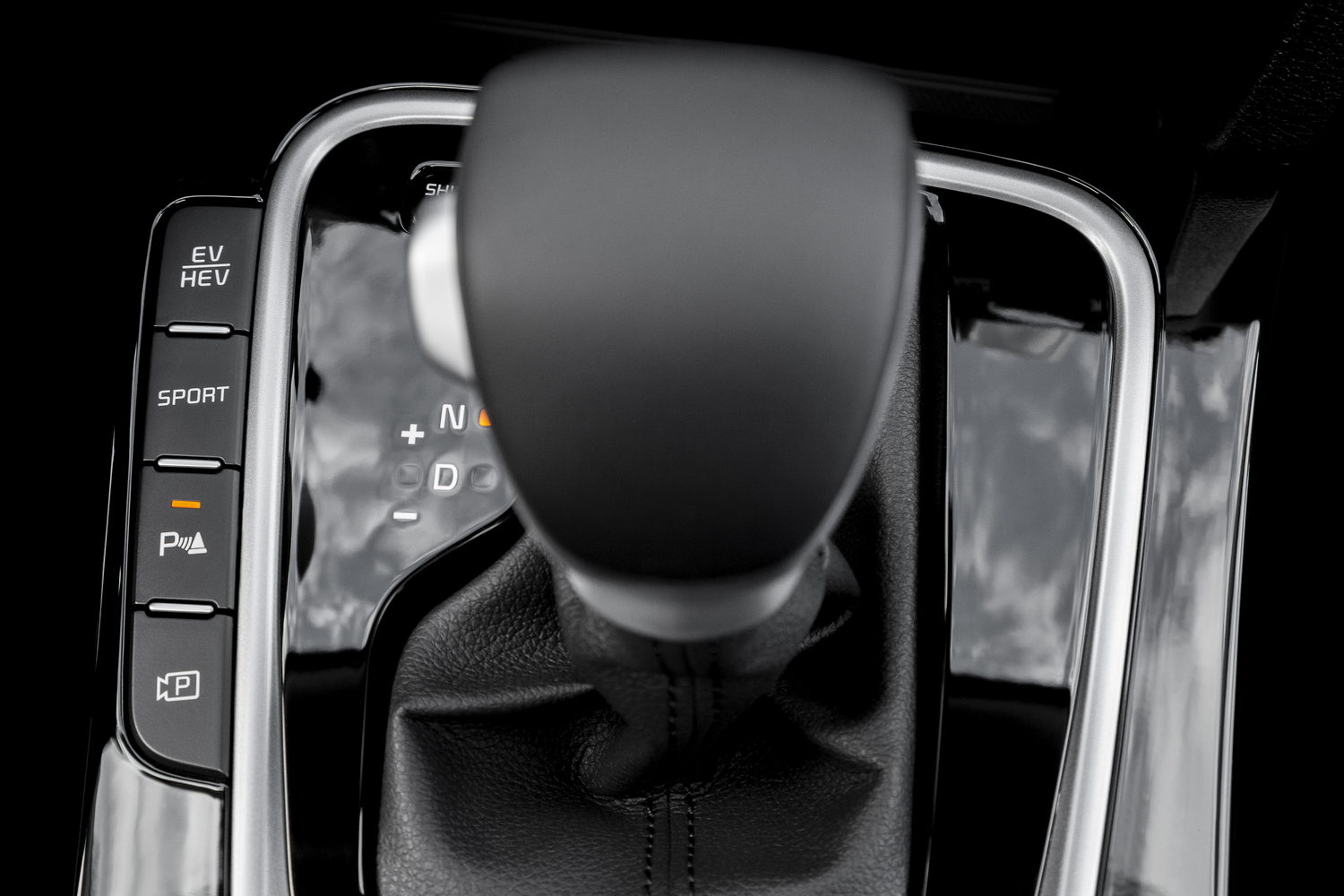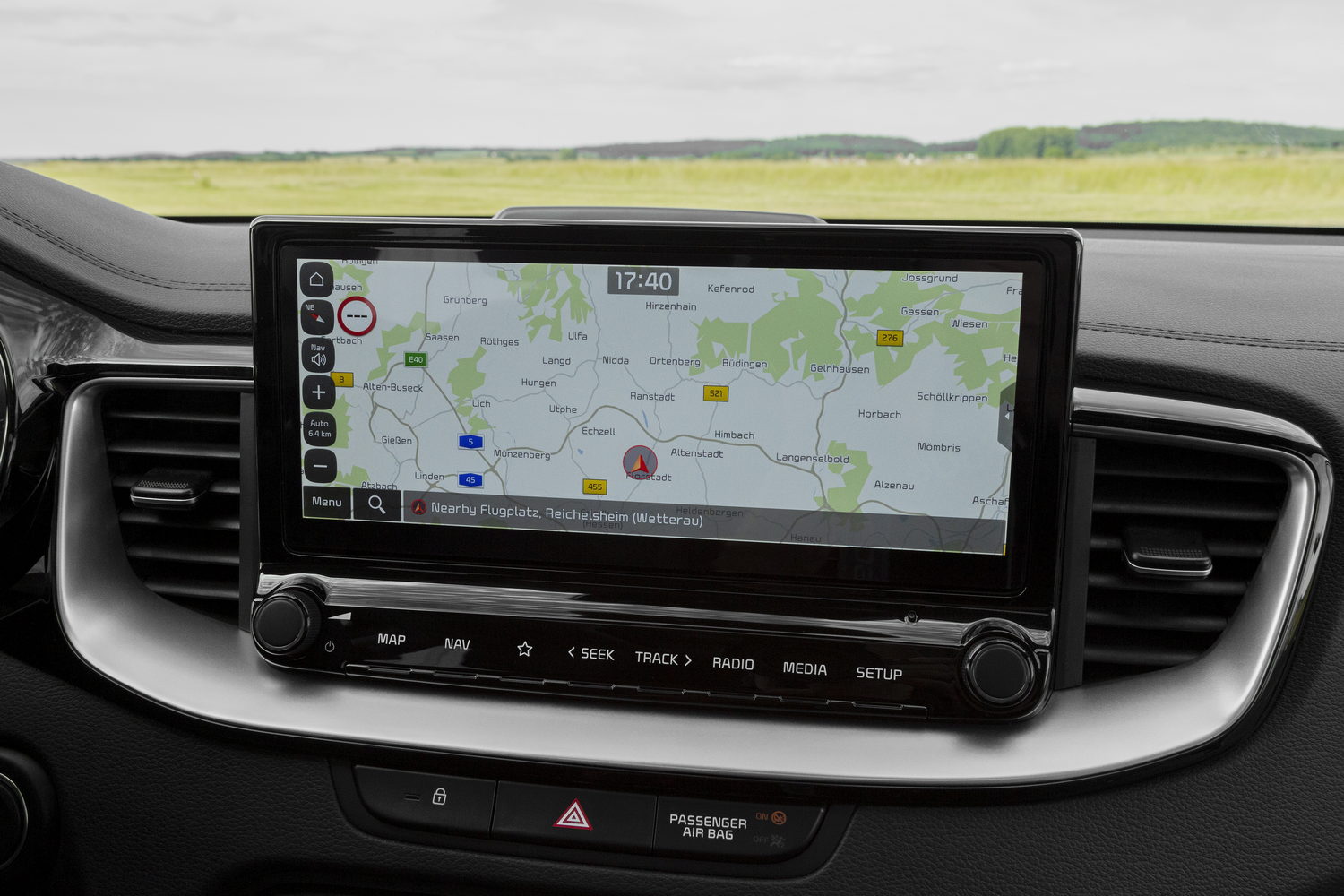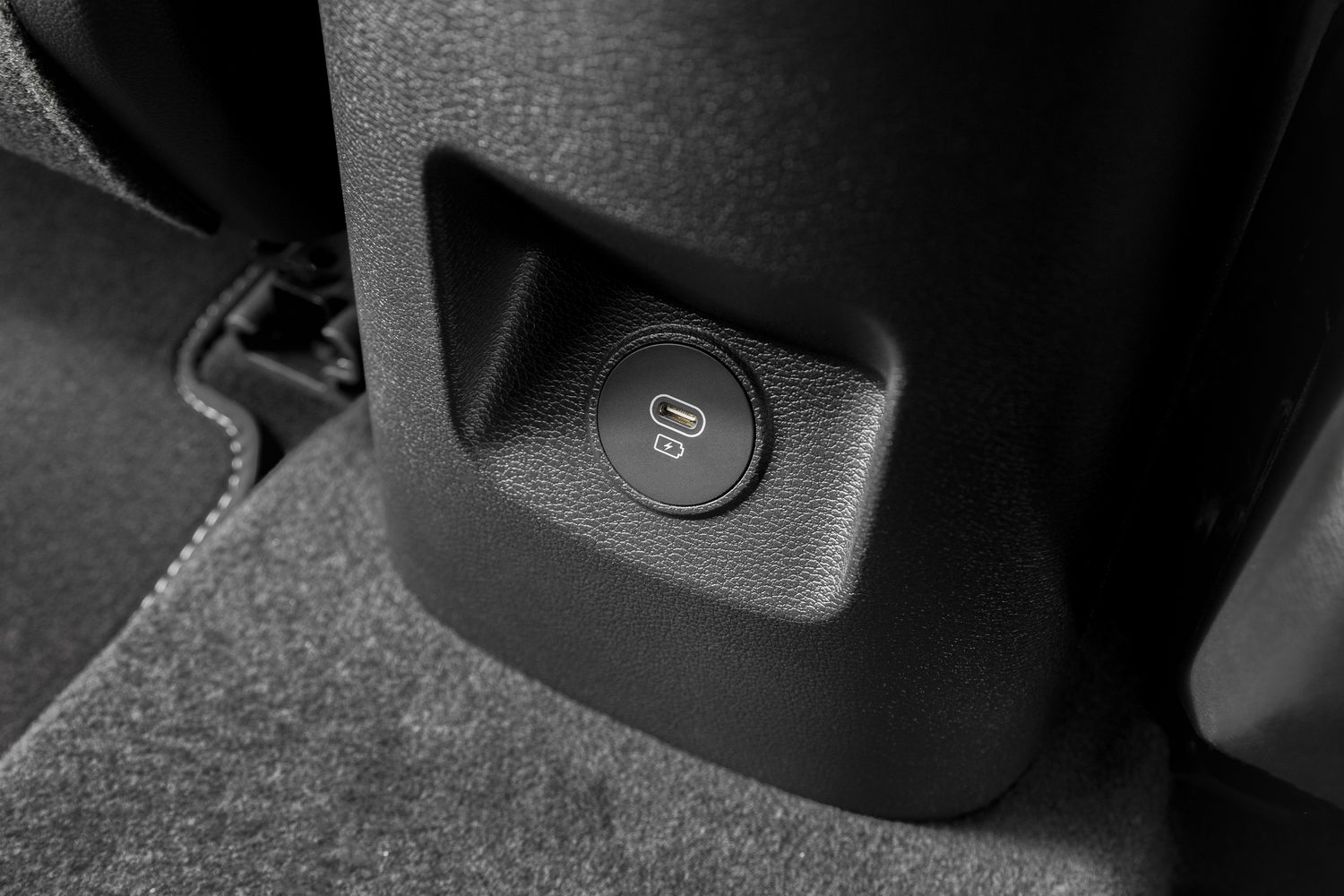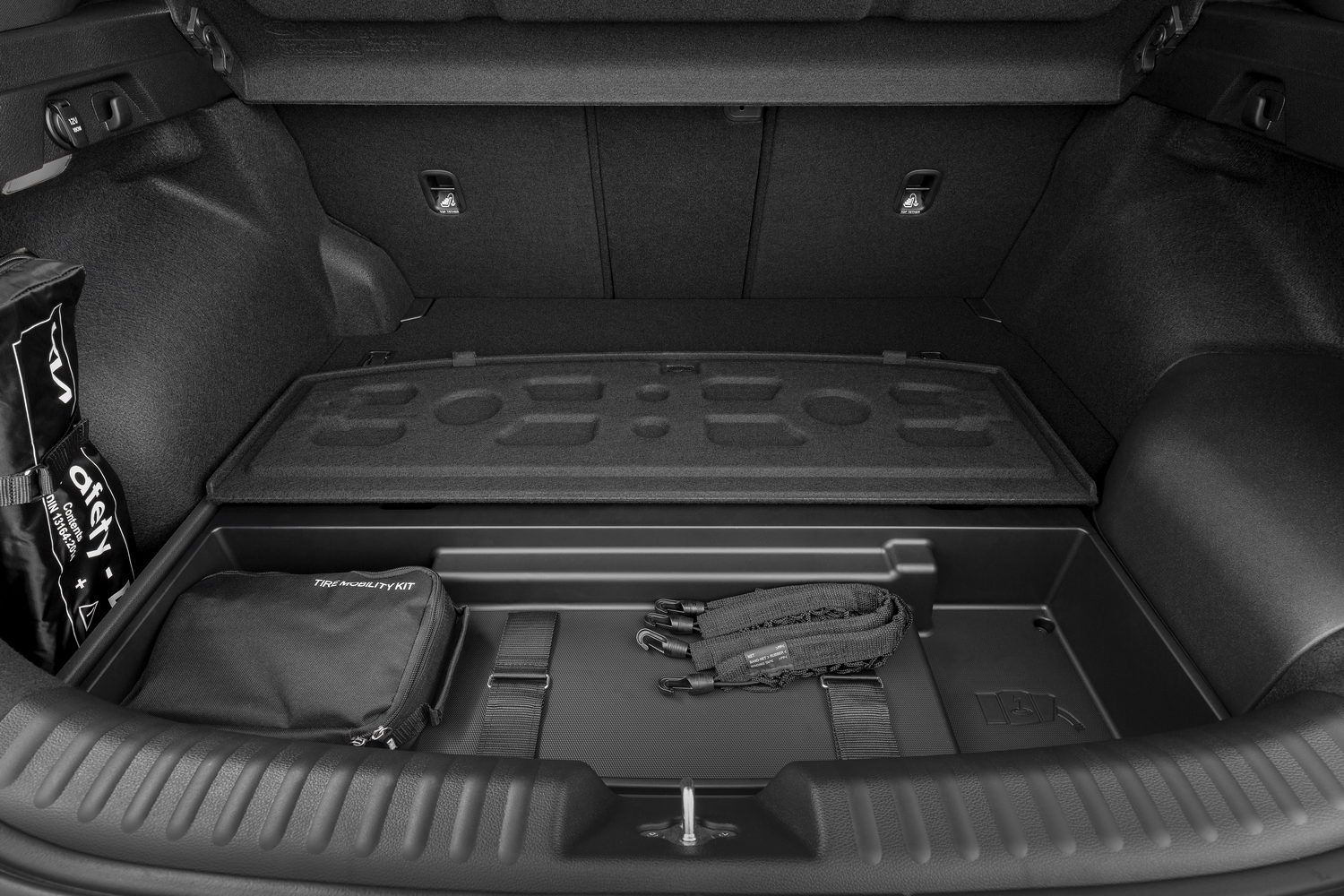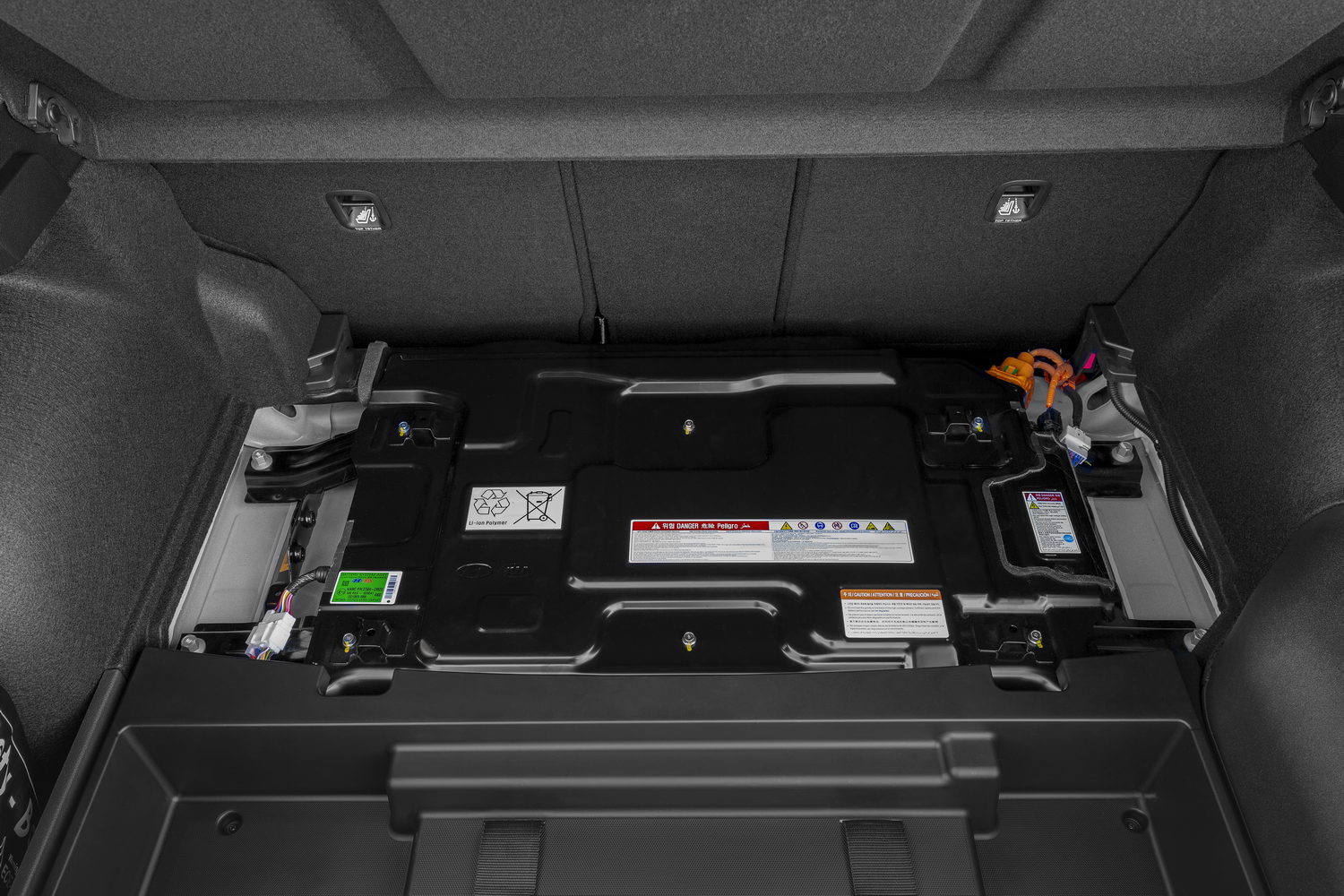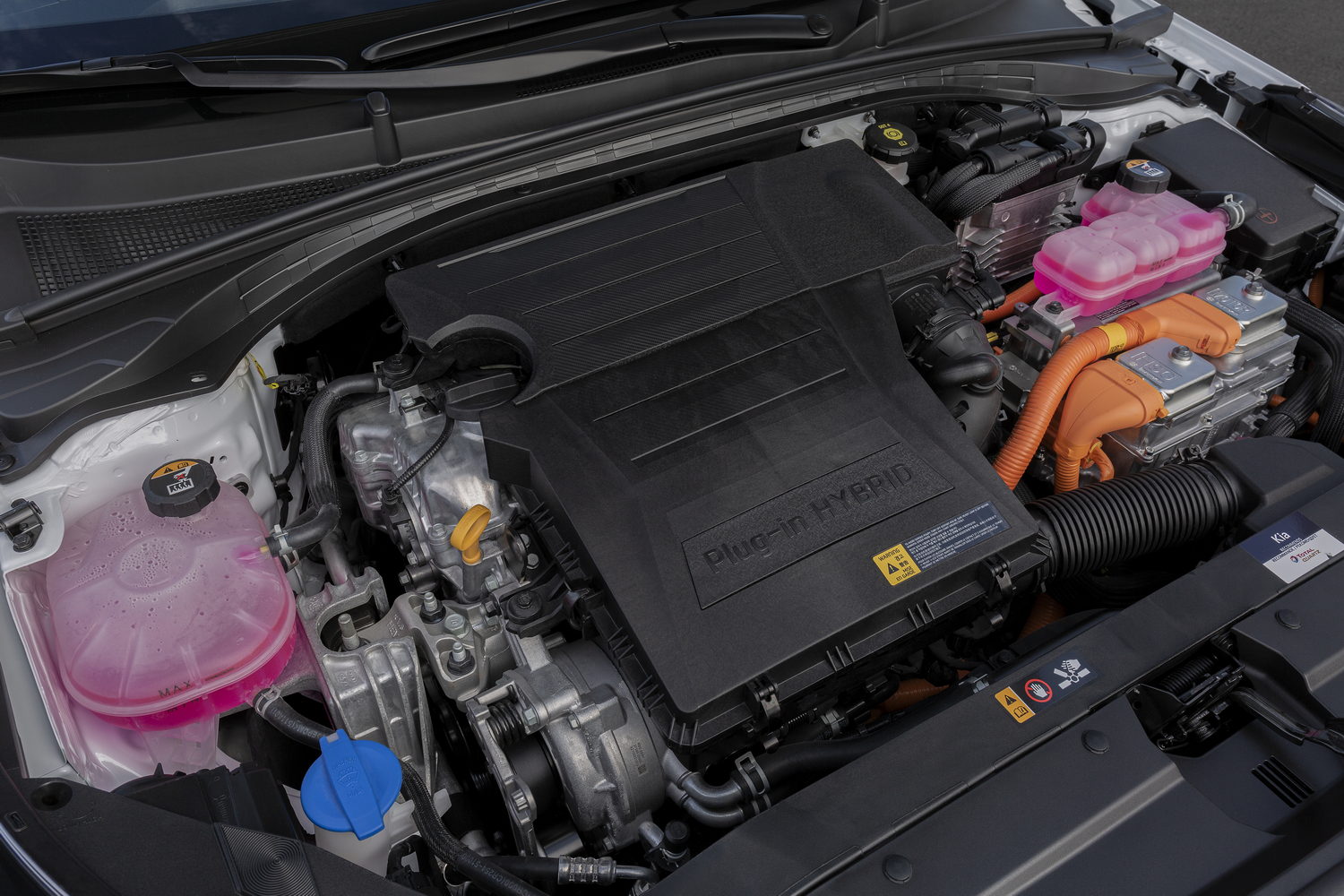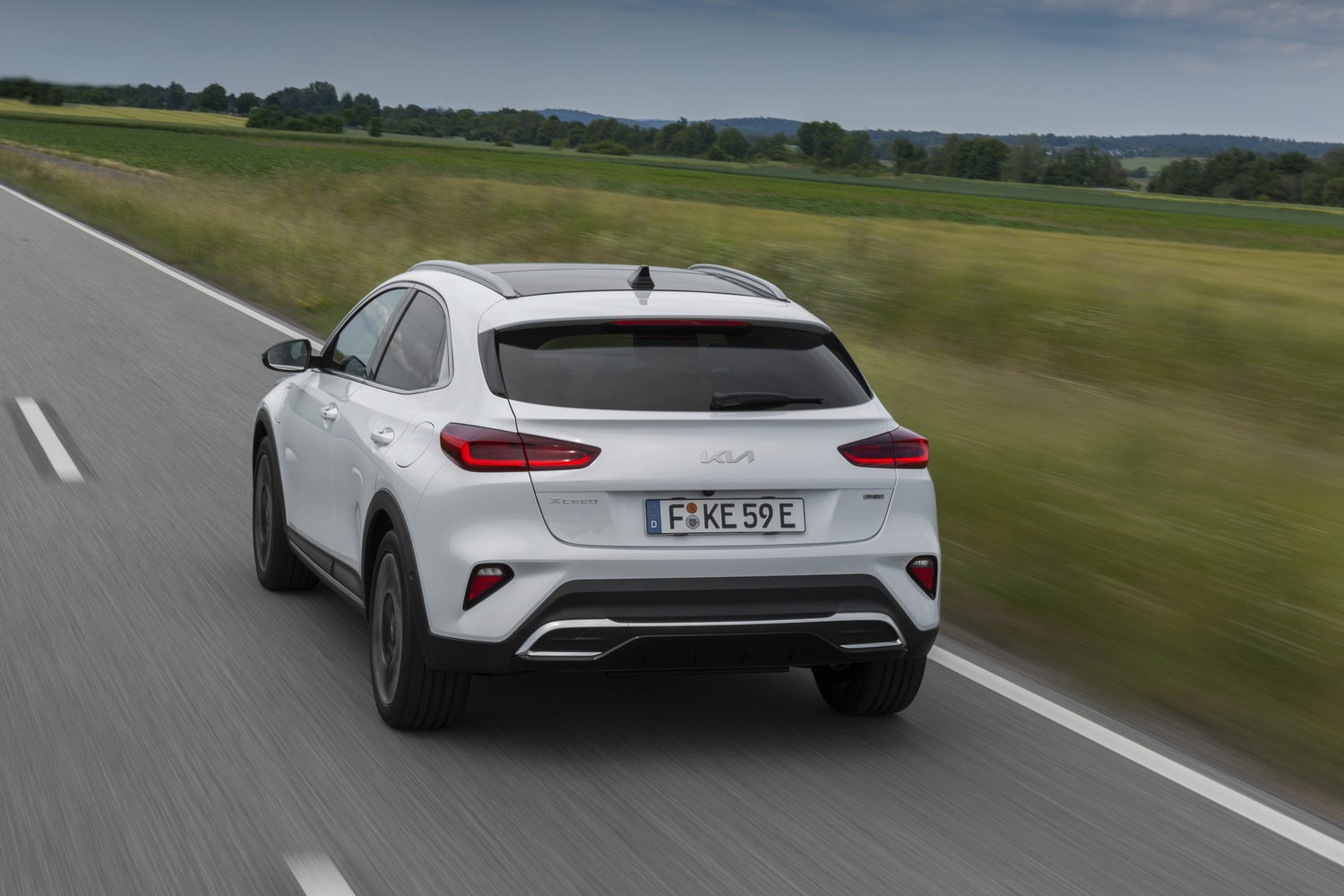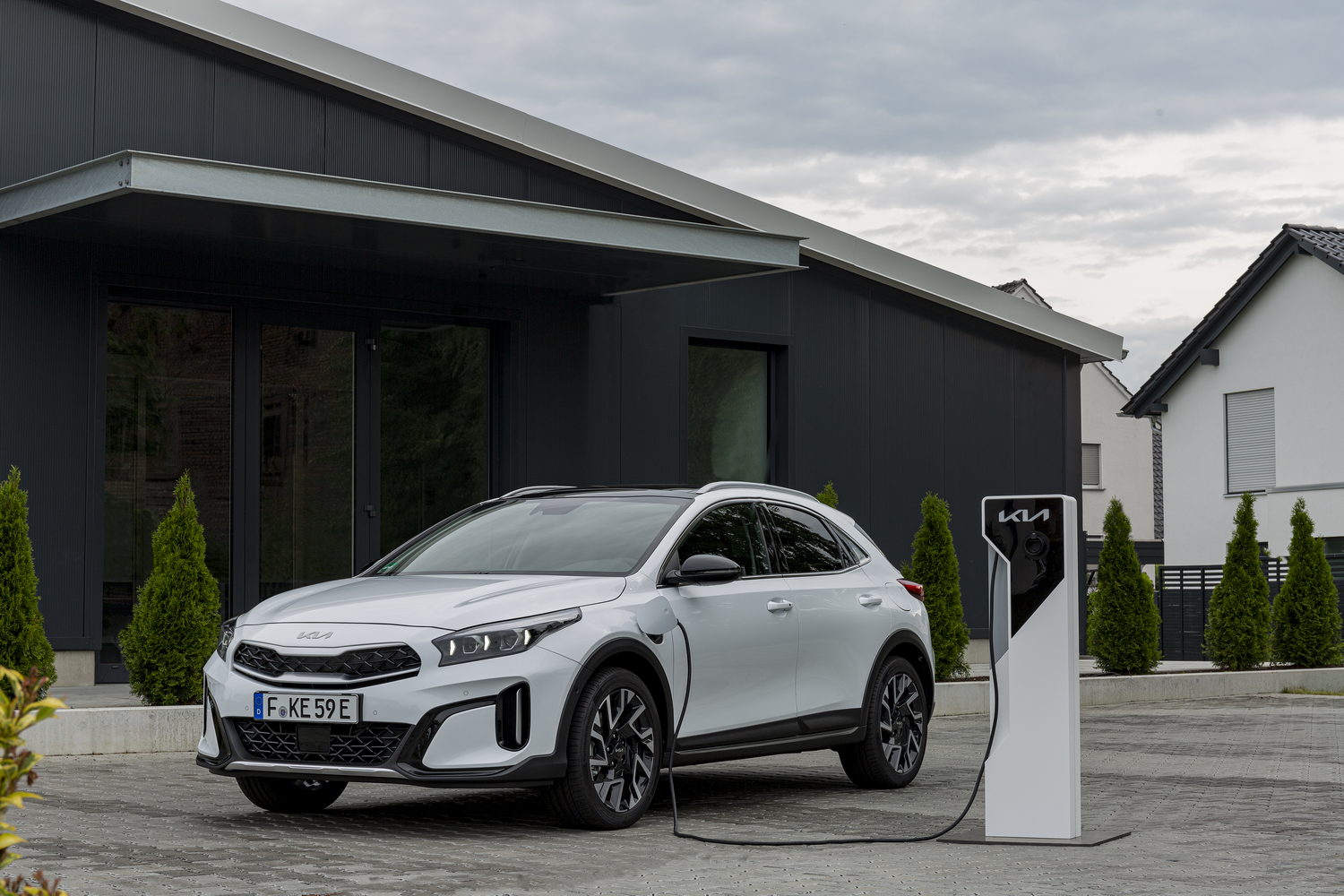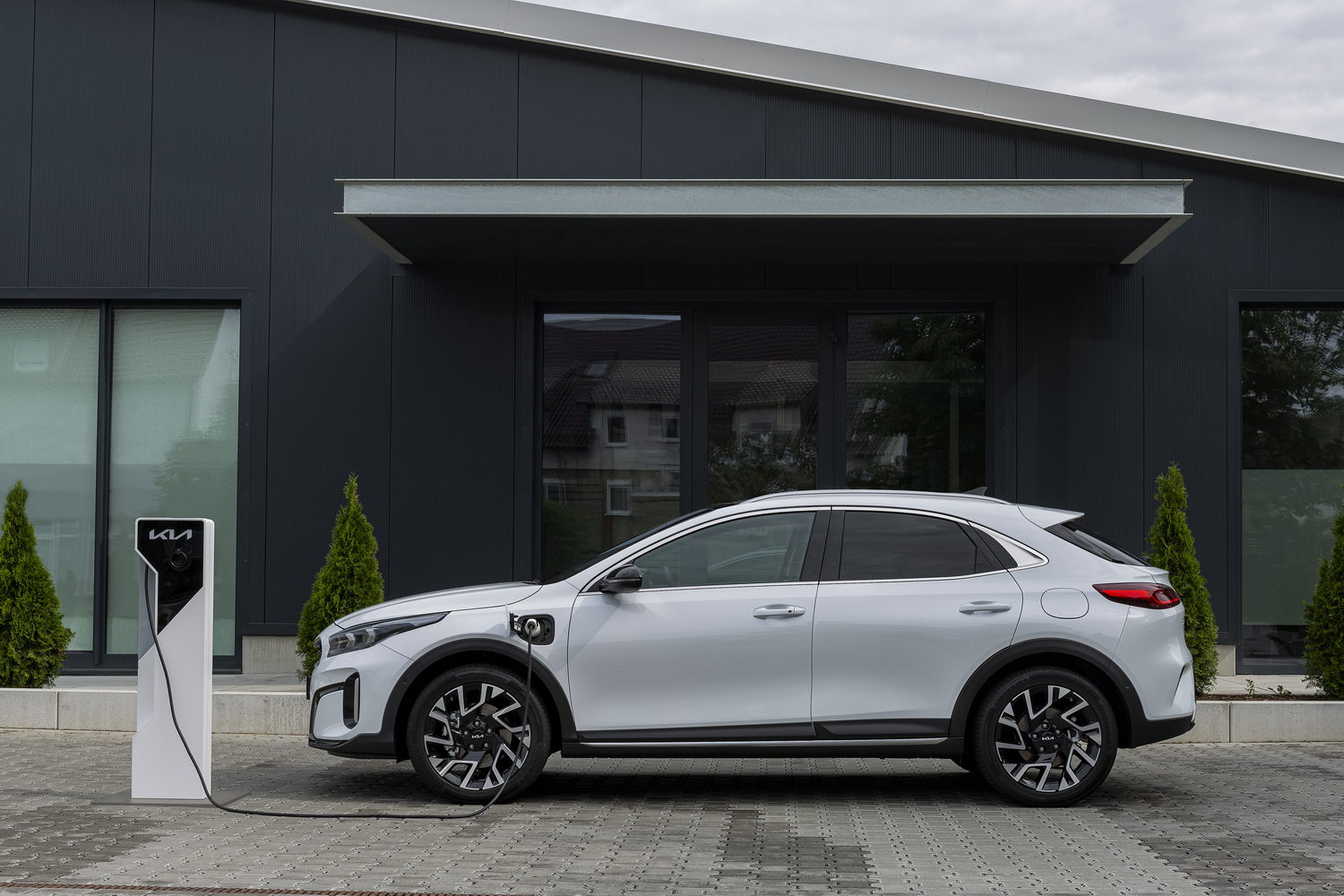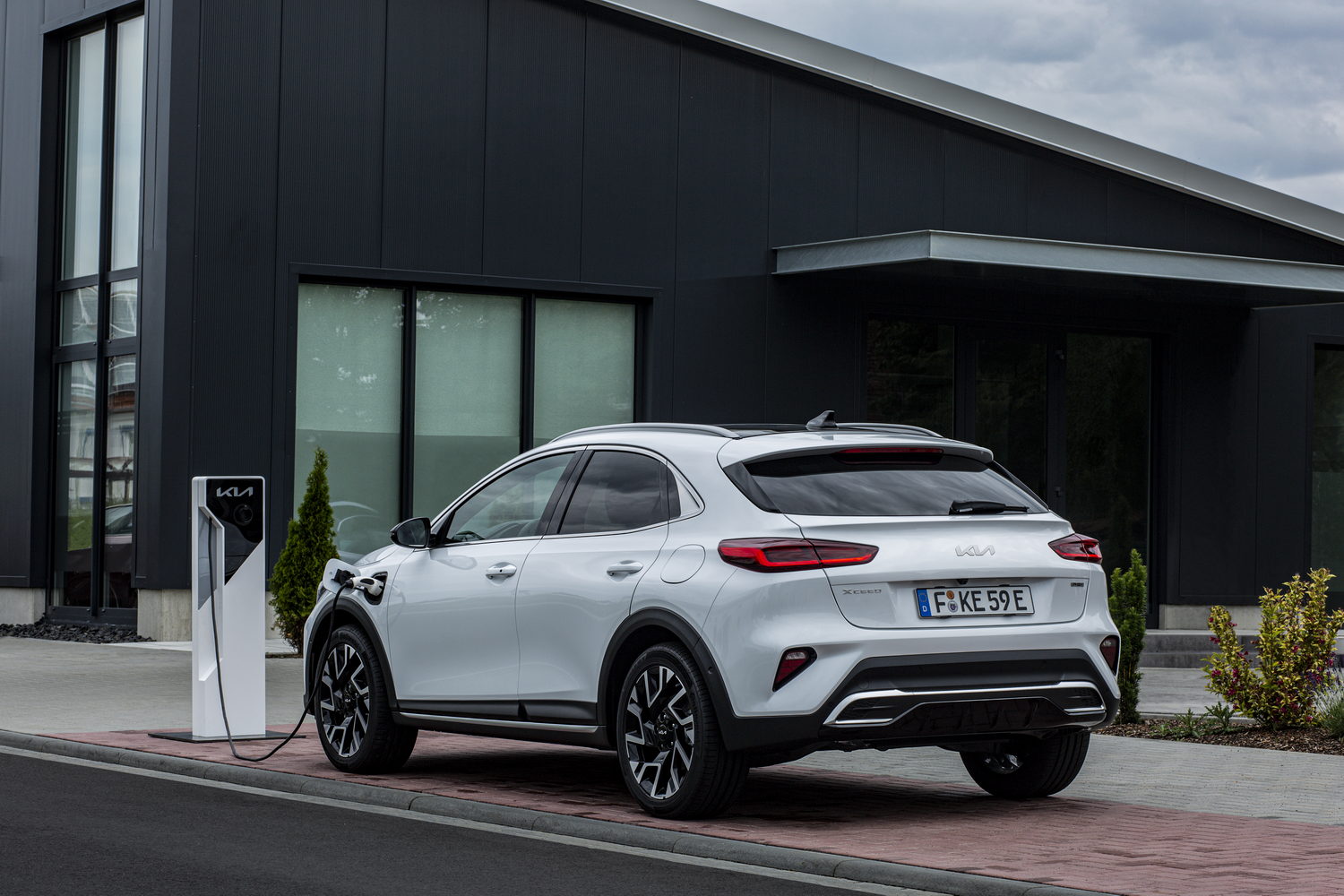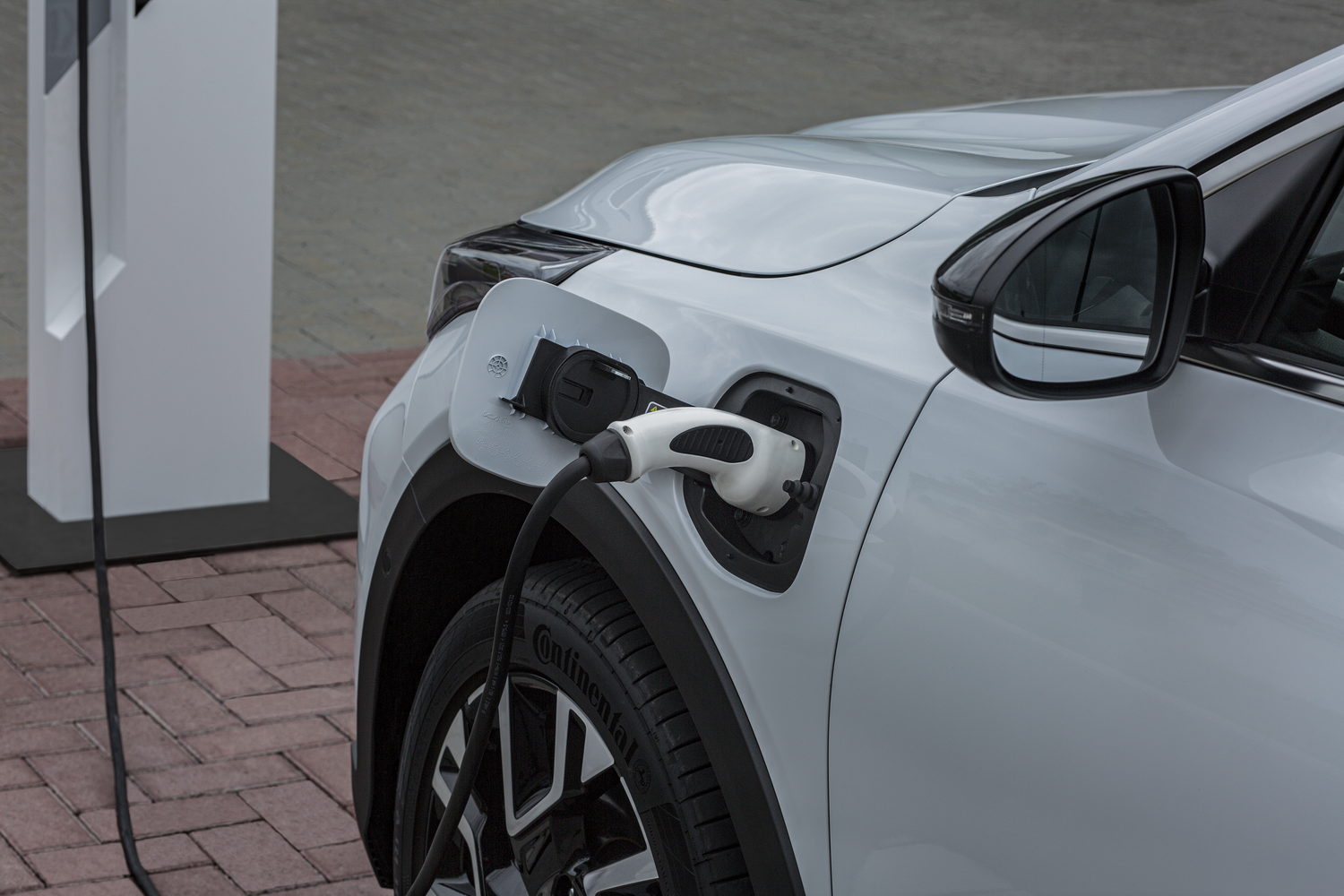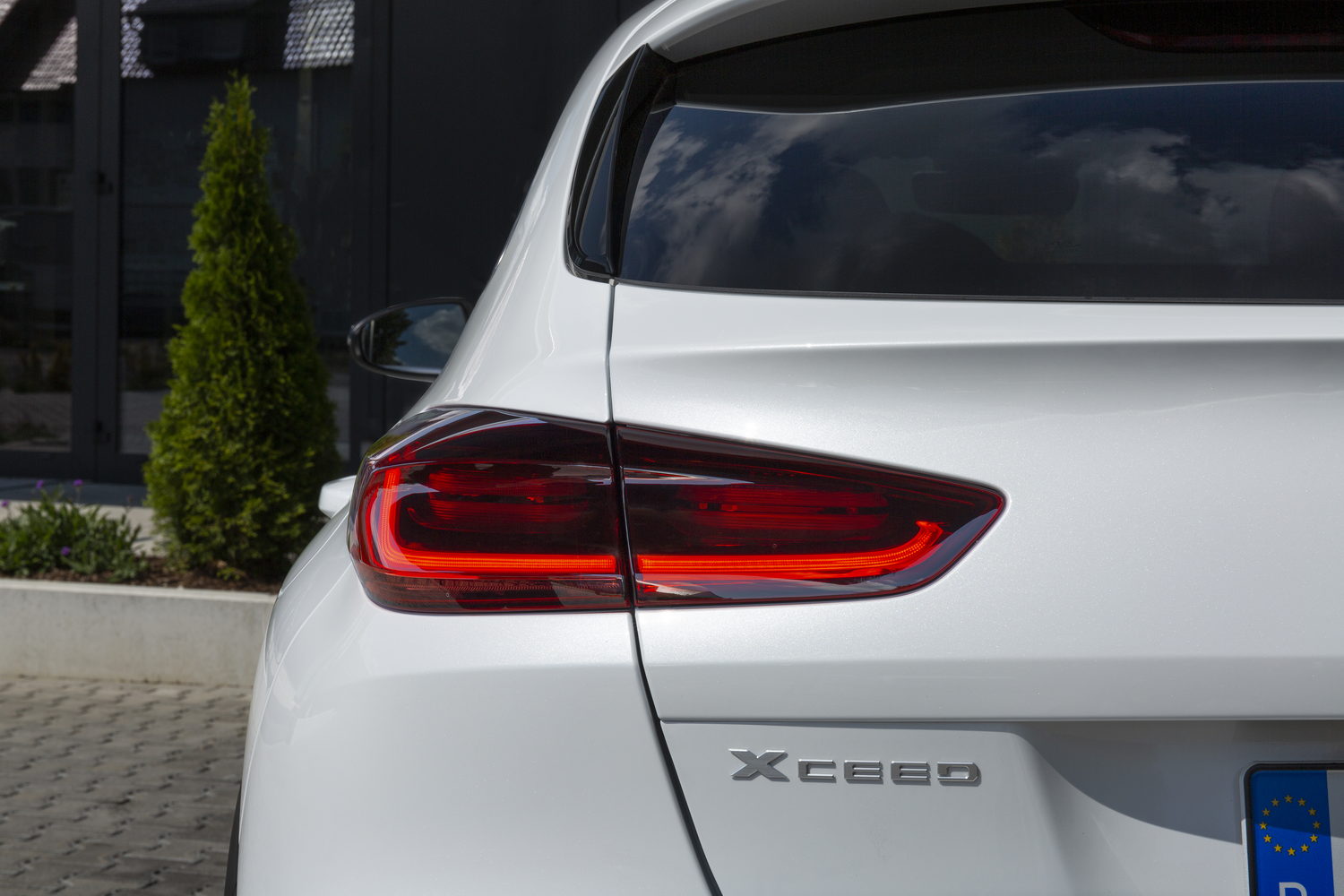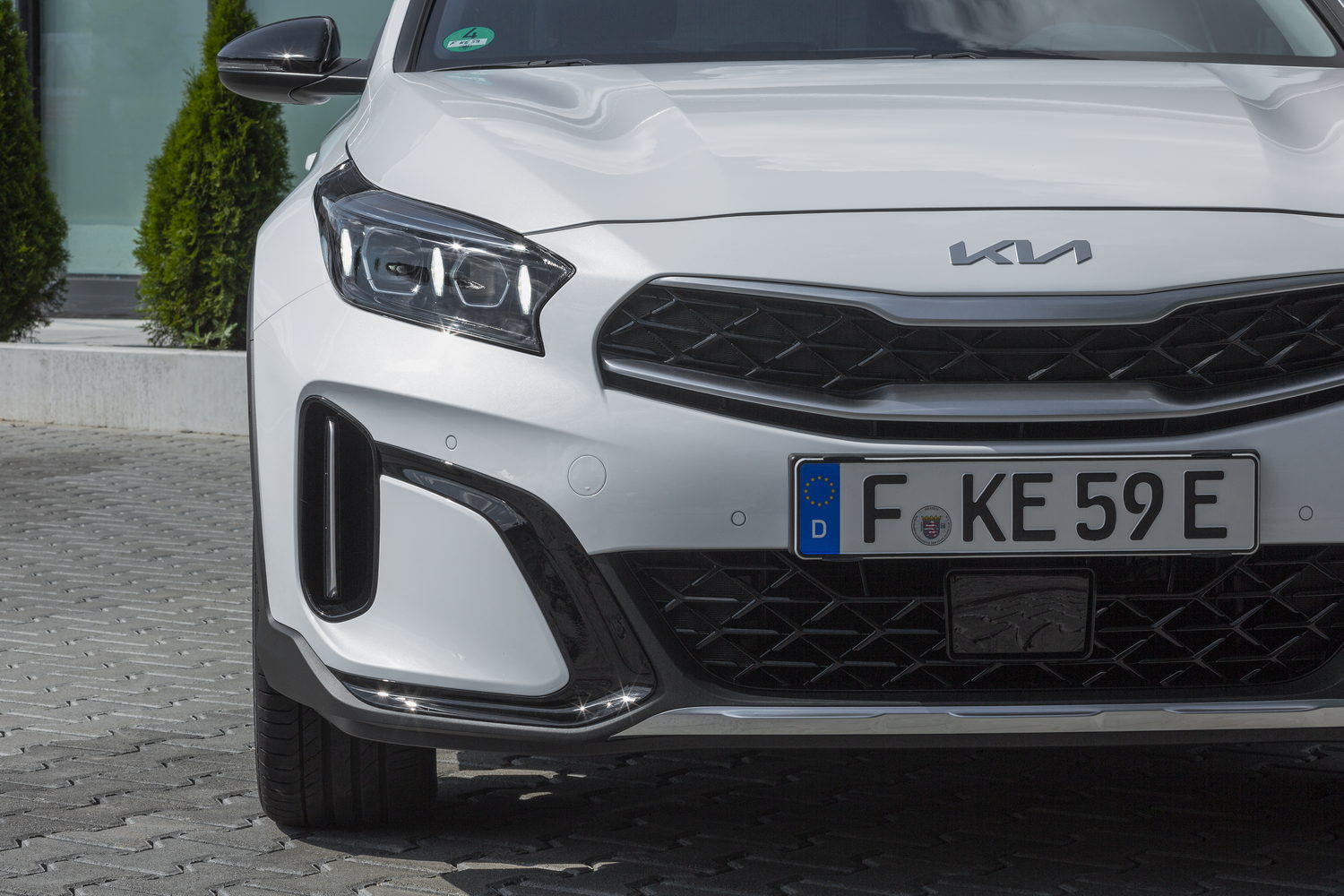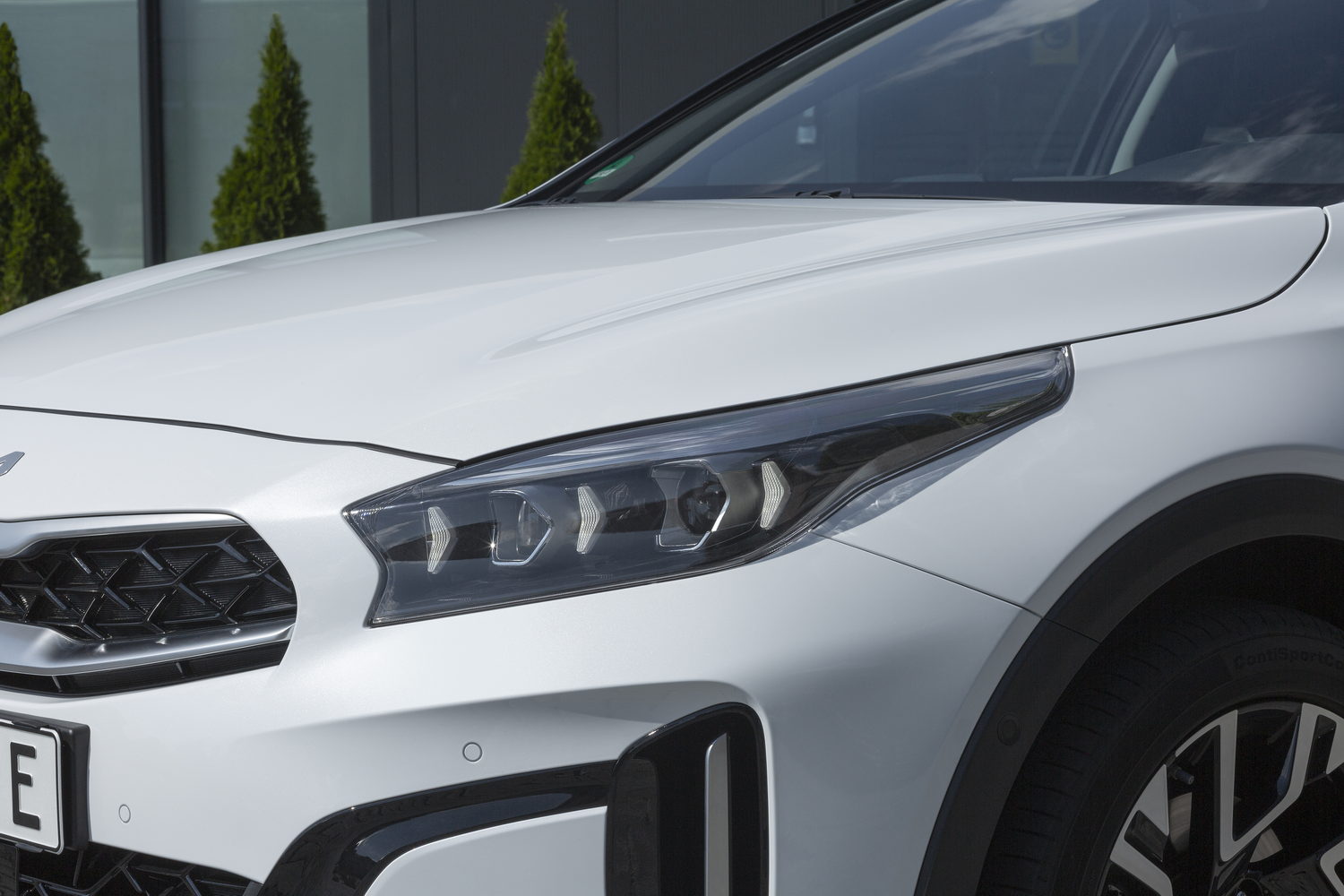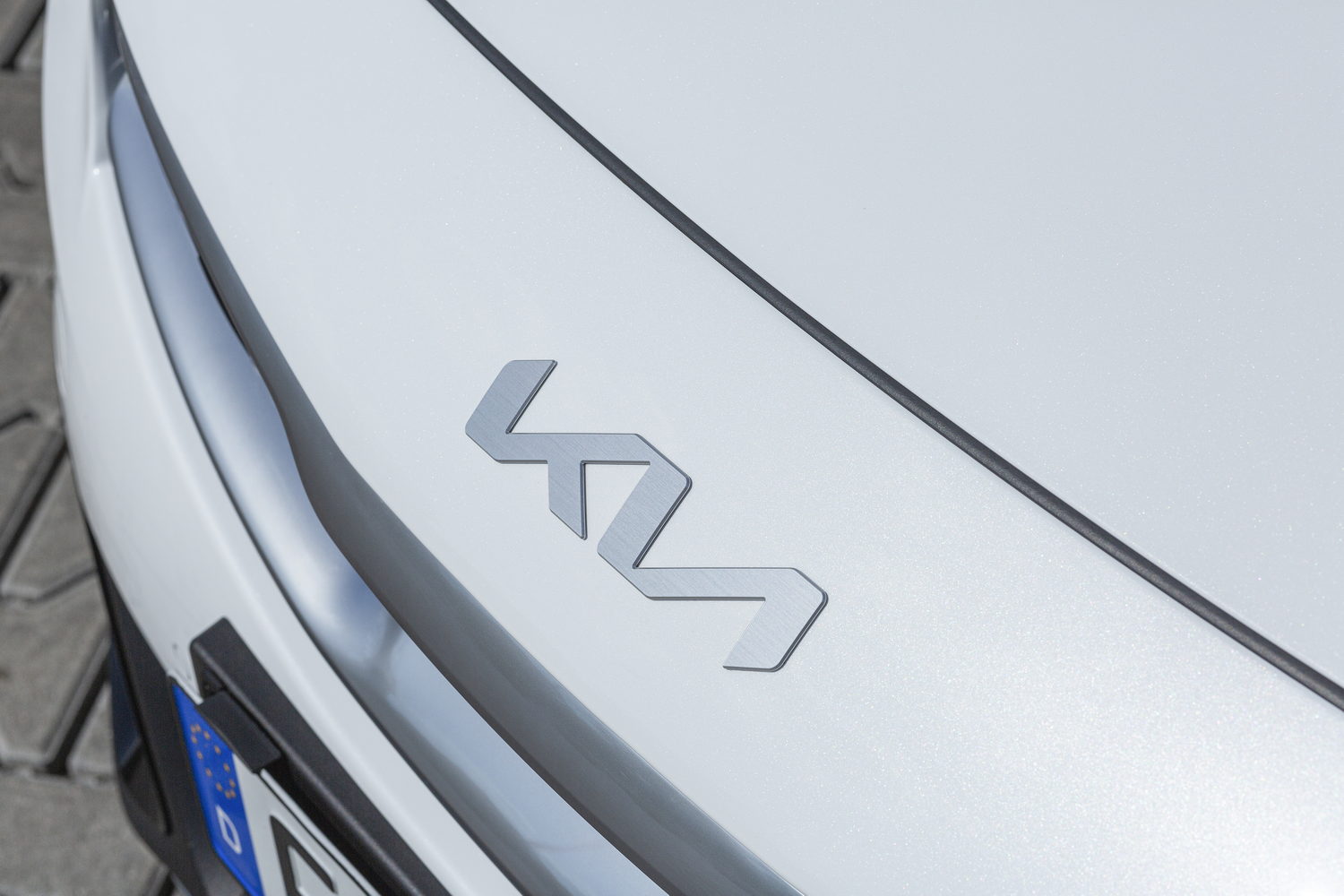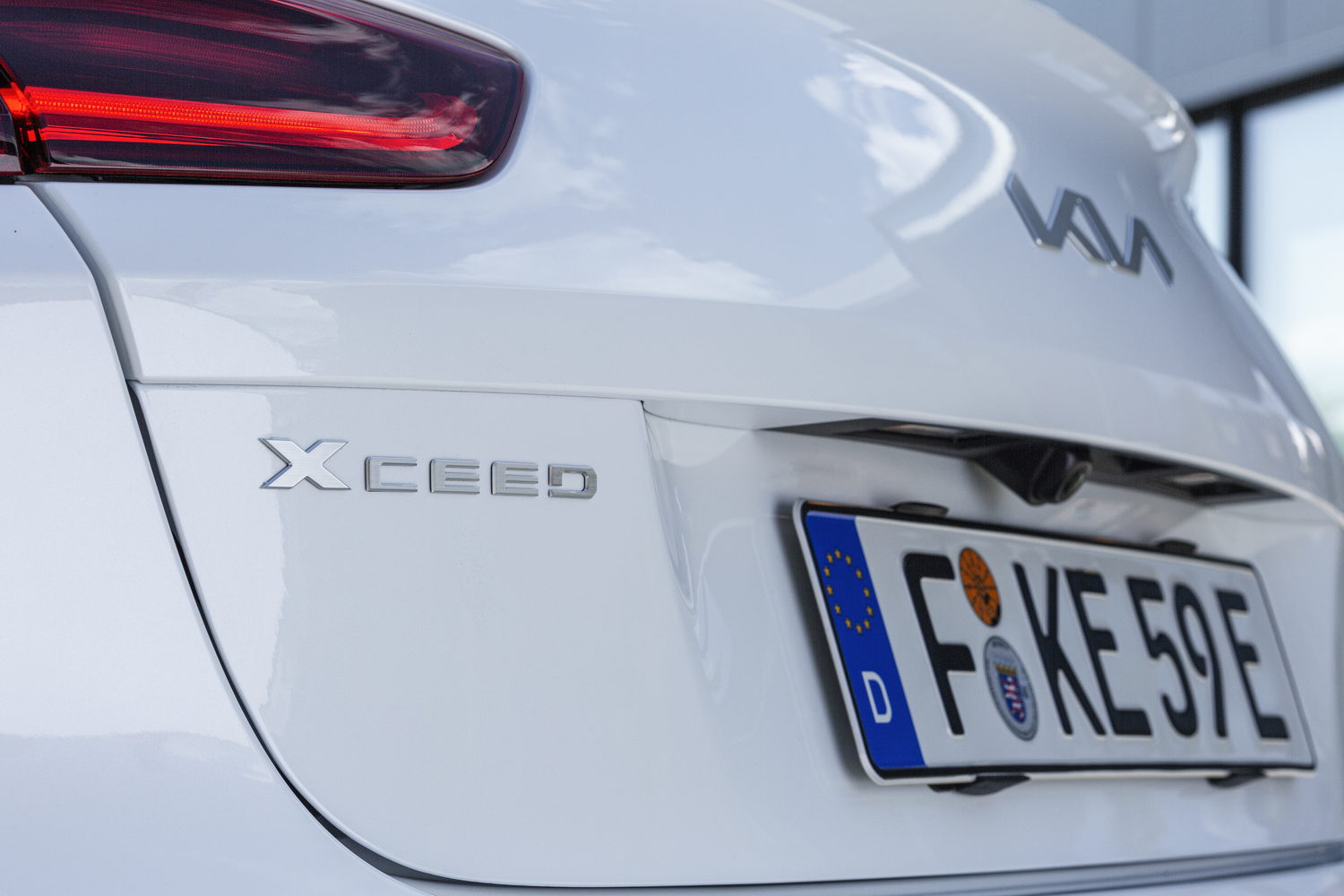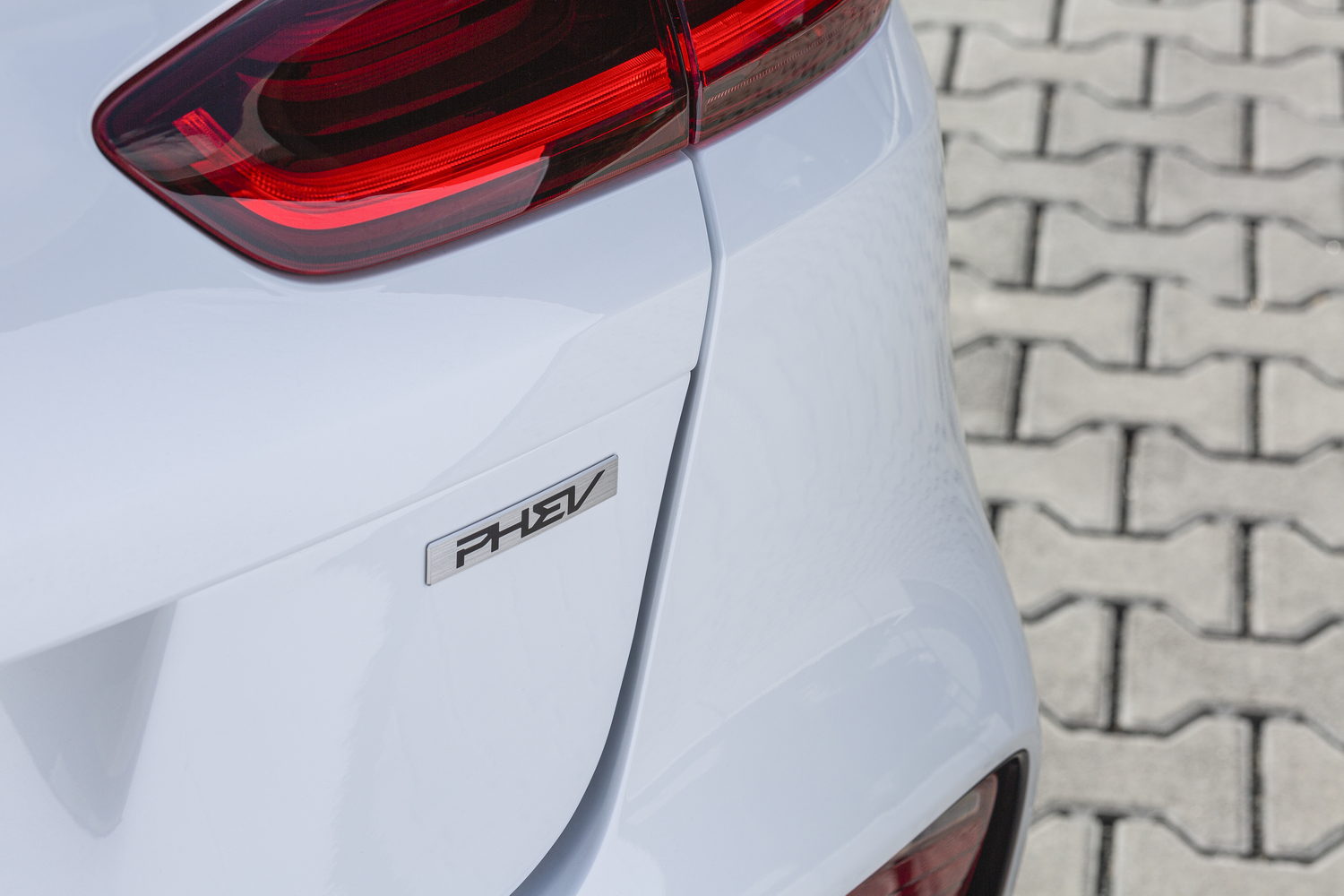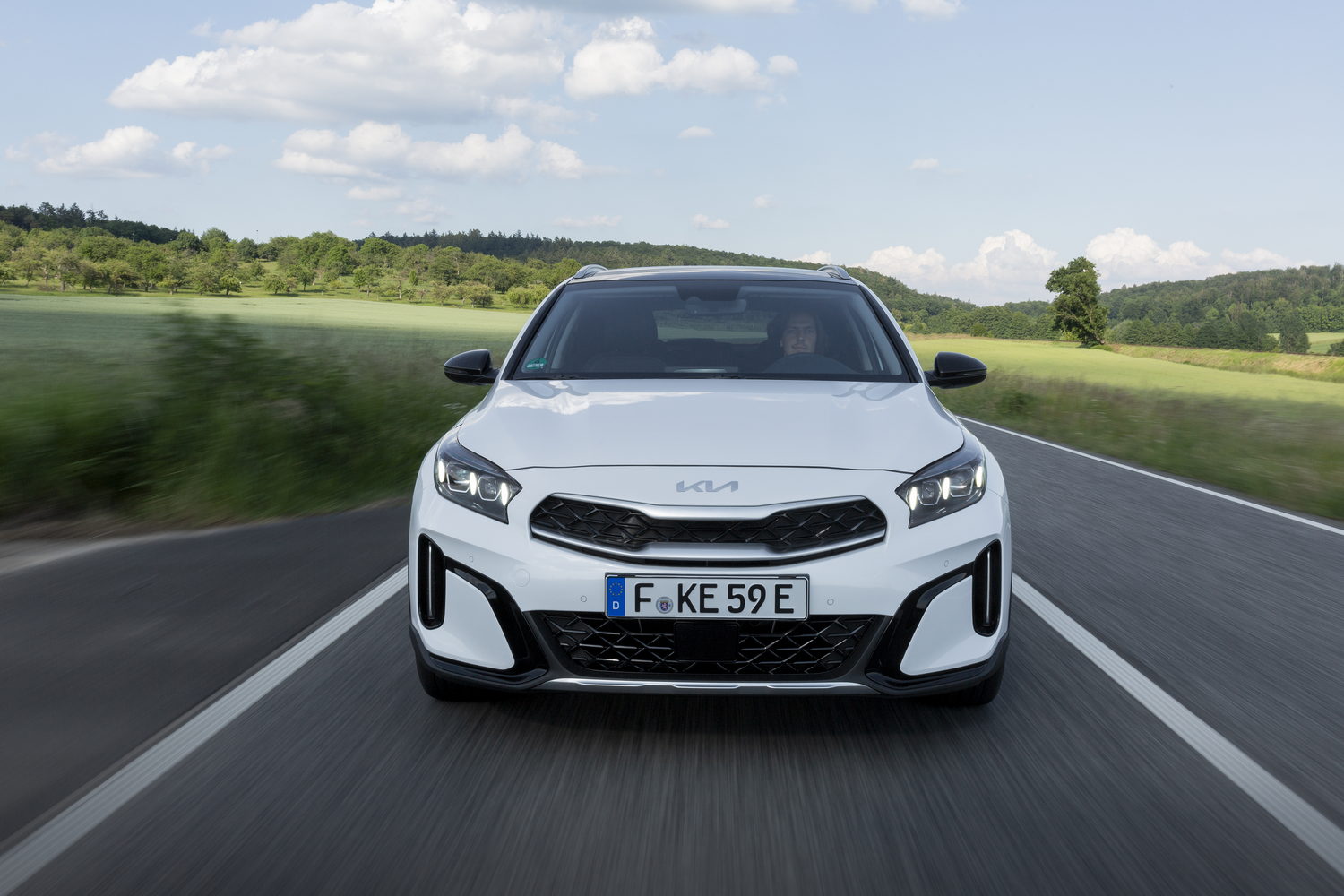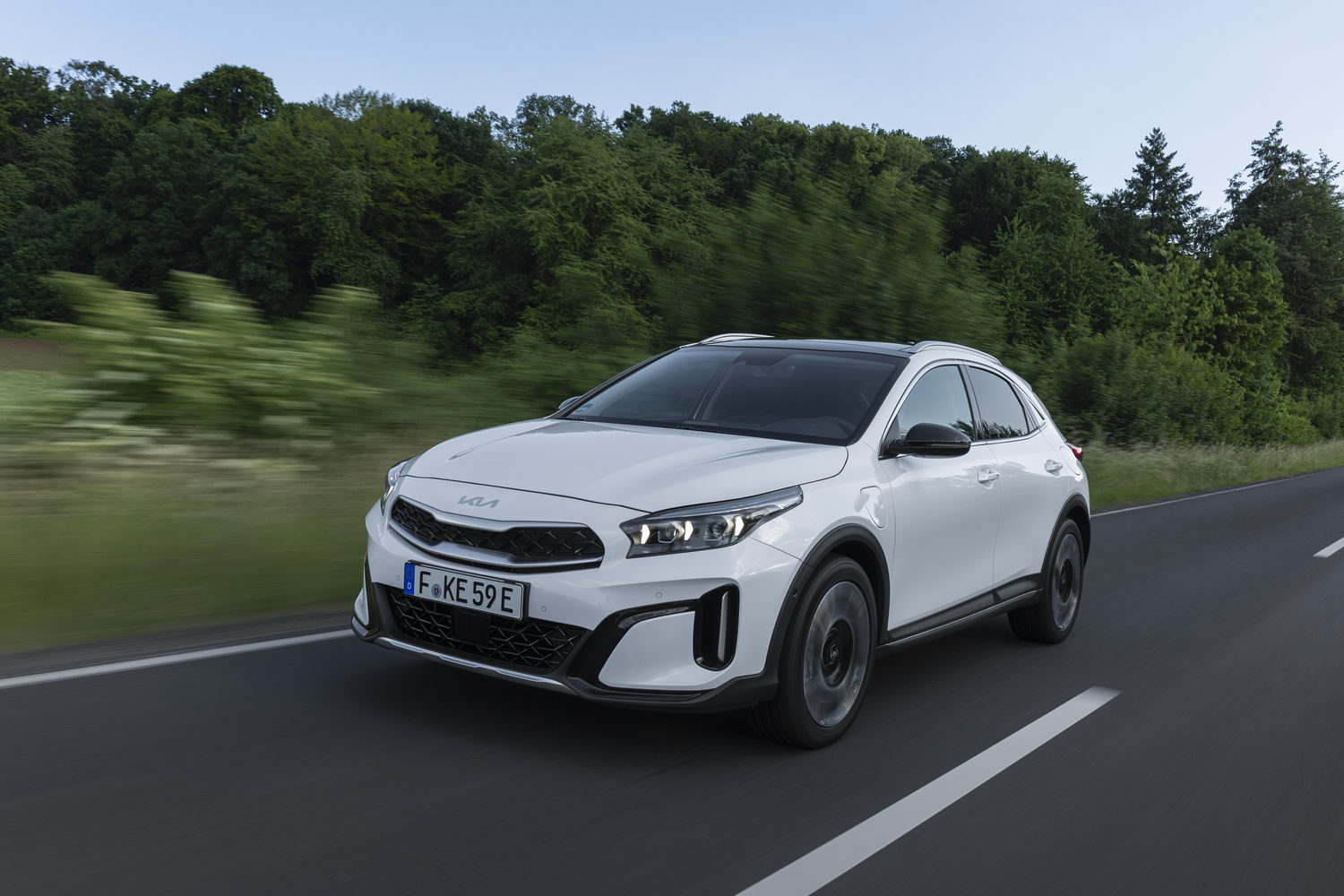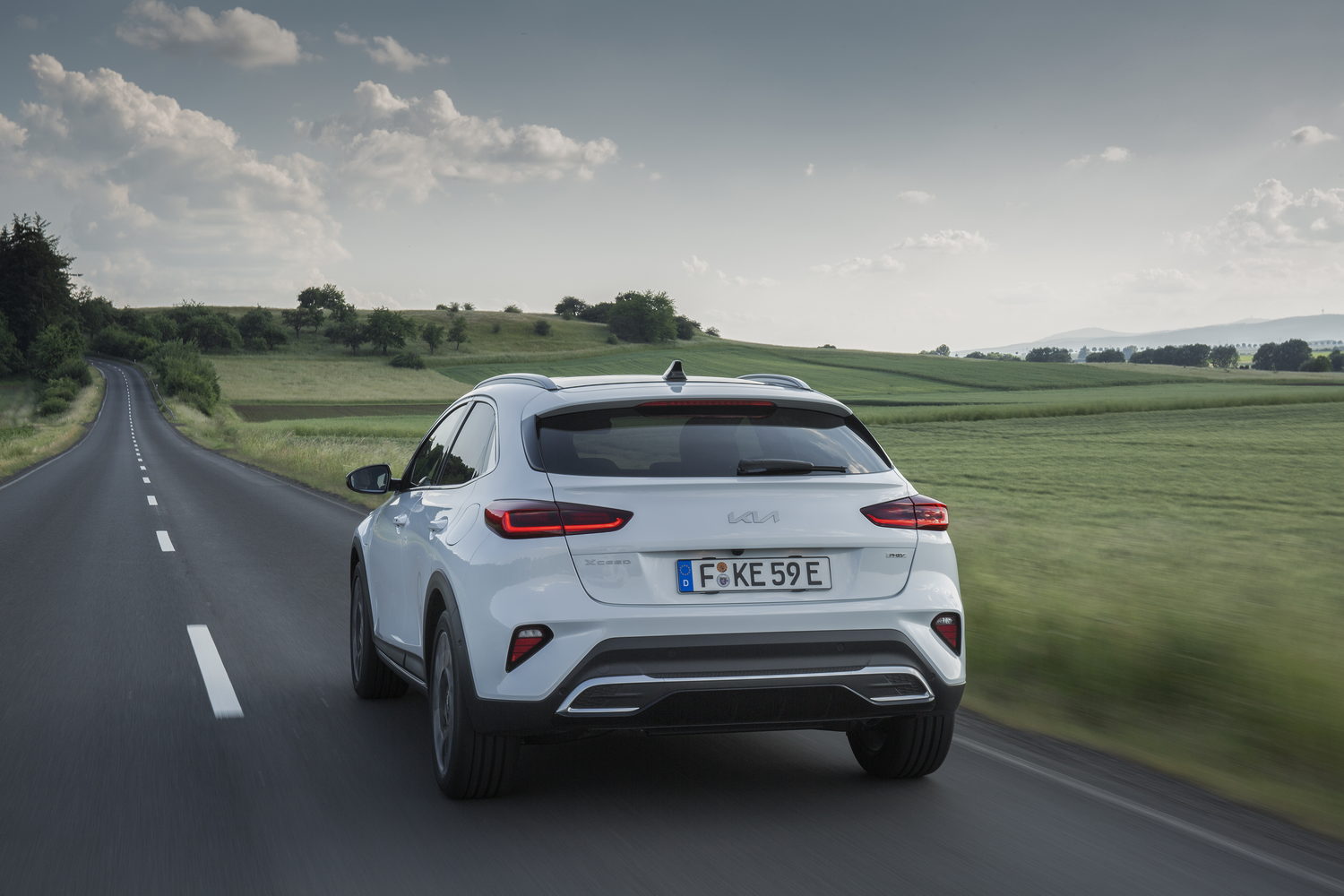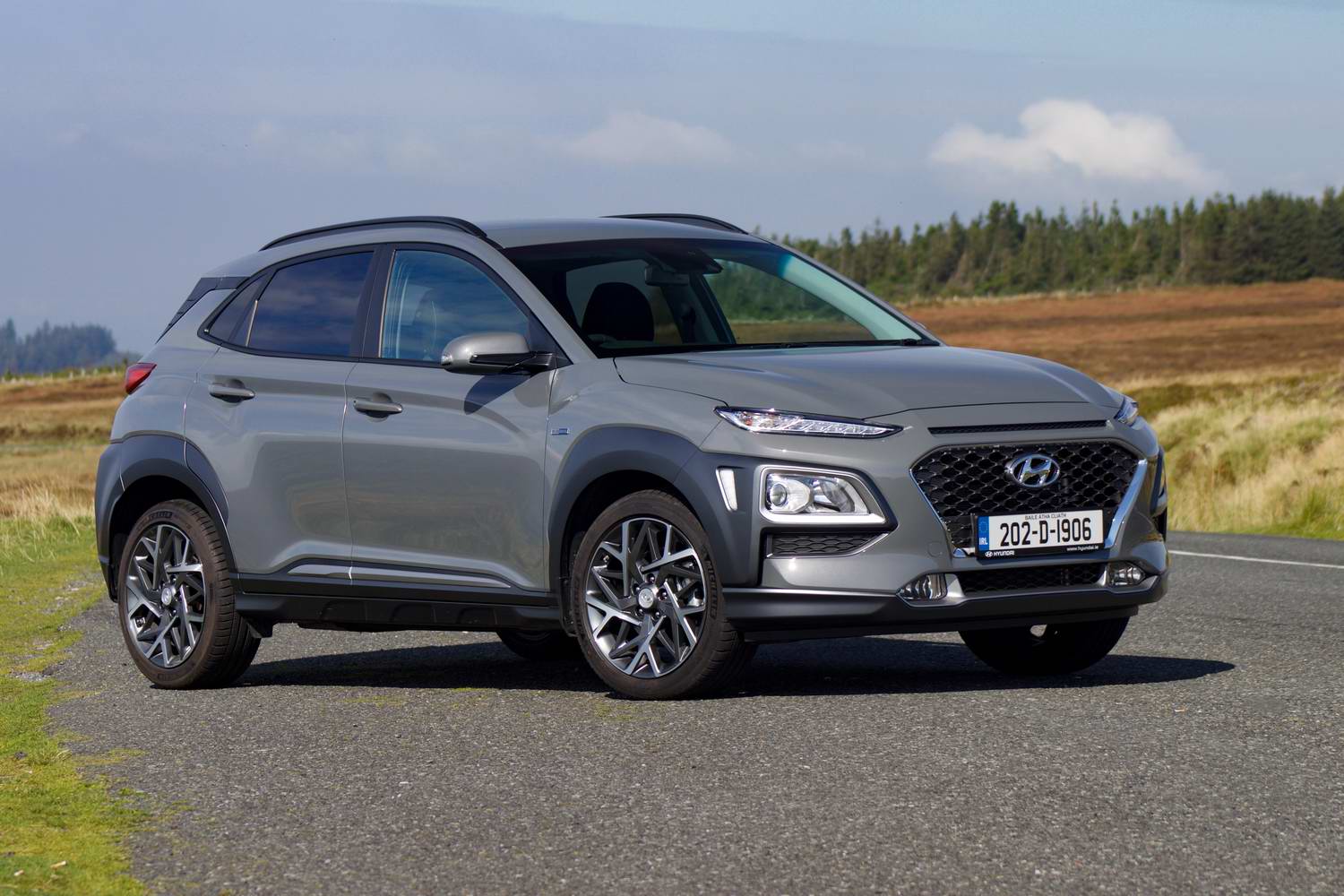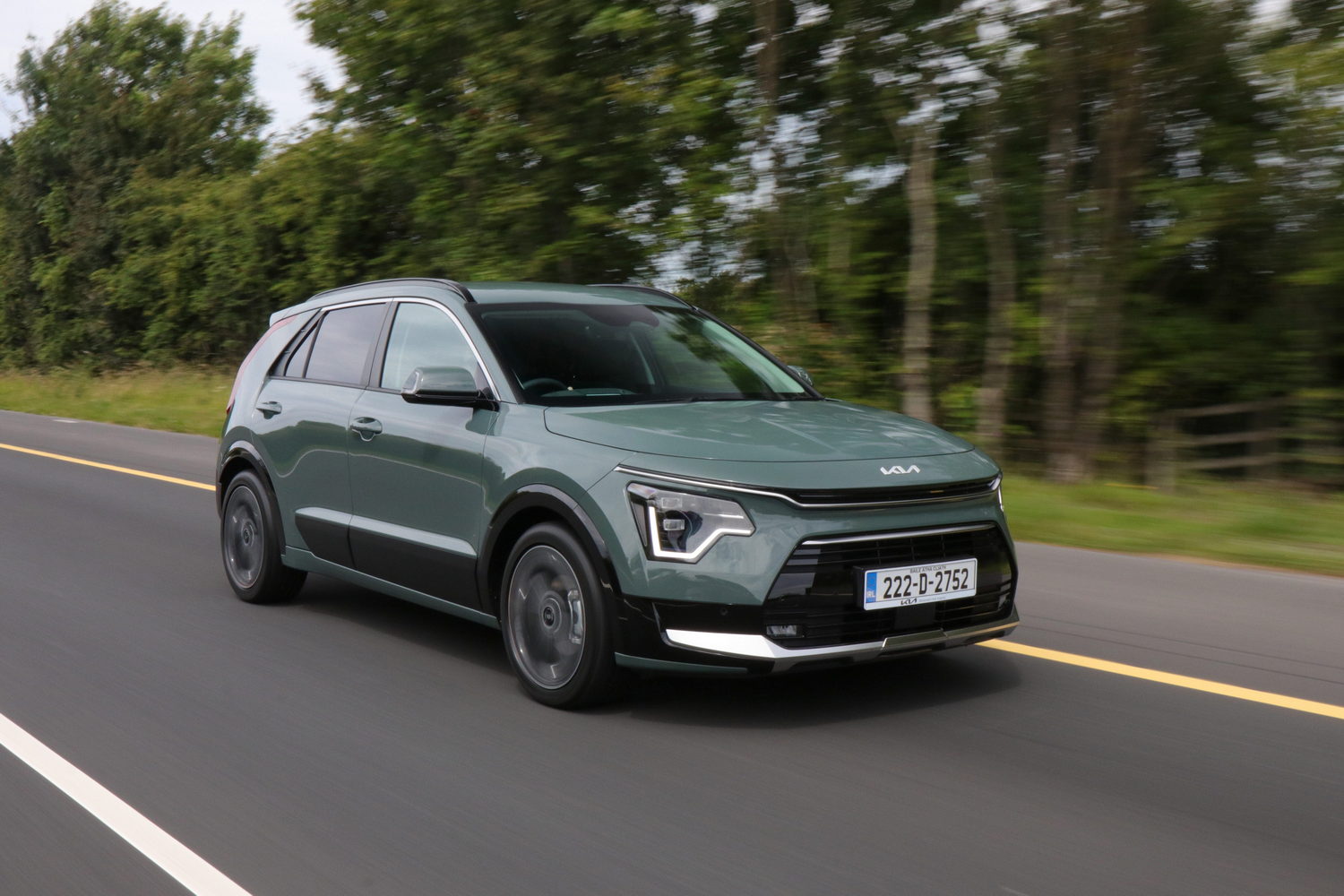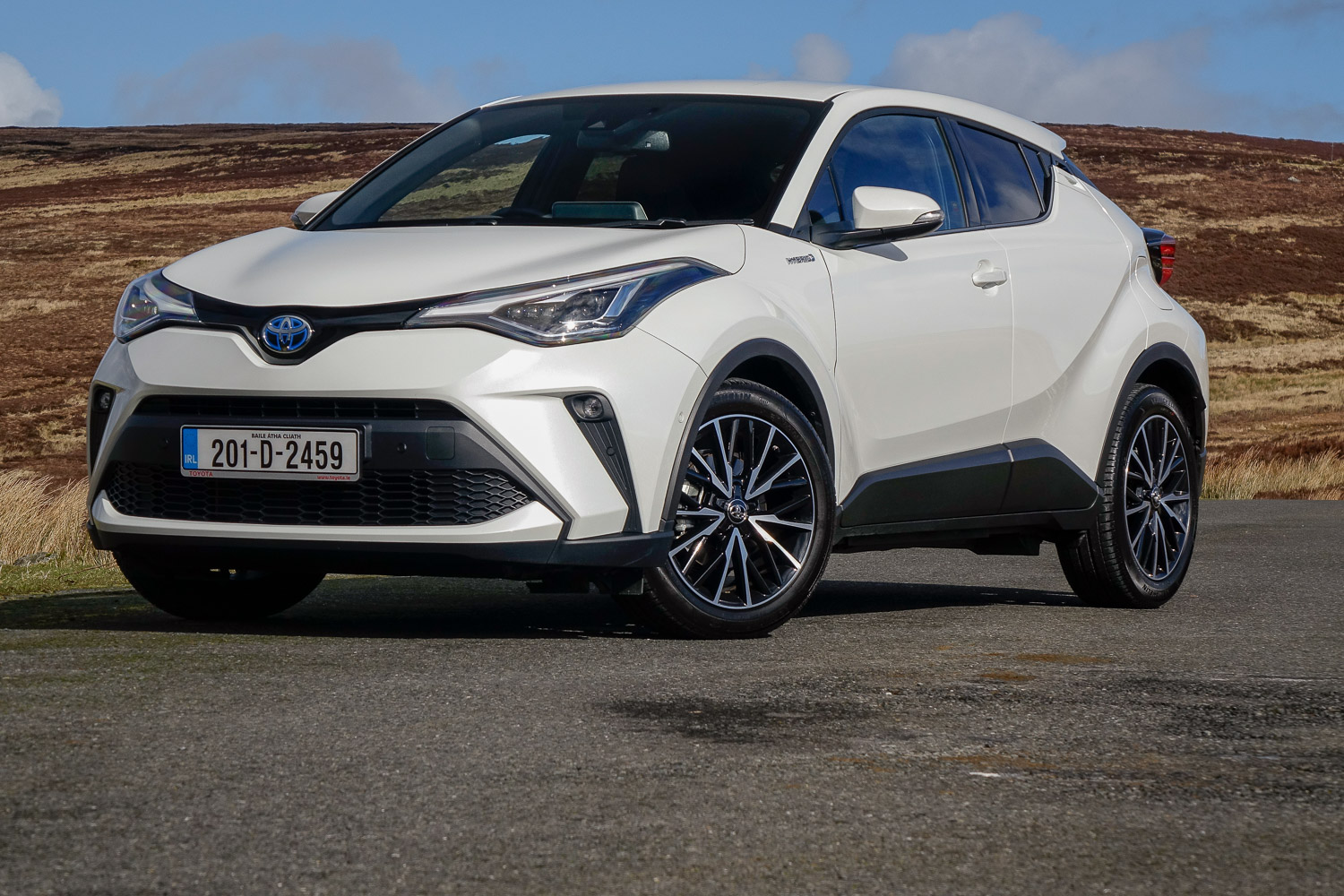Kia's XCeed family SUV has been revamped for 2023, and the upgrades are minor, to say the very least. Lightly refreshed bodywork, some new equipment and a little extra efficiency have all been added, as well as some minor tech upgrades, but now the new Niro has arrived with fresh styling and technology, will the XCeed's upgrades be enough to ensure the Ceed-based crossover's survival?
In the metal
Welcome to Kia's latest game of spot the difference. This time, it's the XCeed that's had a little nip-and-tuck surgery, gaining some fresh headlights and bumpers, as well as a new grille. The XCeed has always been something of an oddball, blurring the lines between SUVs and hatchbacks with its family car shape, moderately increased ride height and rugged plastic body cladding.
Inside, the differences remain relatively minor. The basic design is more or less unchanged, and that means the cabin is starting to feel a bit dated. More upmarket models are lifted by their digital instrument displays, while the mid-range model we tried made do with analogue clocks. It's not yet clear which will be offered on Irish cars, as there was just one specification available here. There's nothing wrong with the cabin - it's ergonomic enough and build quality is excellent - but with a few cheaper plastics lower down it does feel a mite old-school.
That said, it does come with some solid technology, including the new touchscreen infotainment system. The 10.25-inch screen uses Kia's latest software to provide all the usual features, including navigation and media access, but it also comes with connected technology including calendar integration. As before, Android Auto and Apple CarPlay are fitted as standard, but the proprietary system is good enough that you don't need to use those. Sure, some of the displays aren't as slick or as upmarket as those in rival cars, but Kia has made the system work perfectly, while the menus and icons are all logically positioned.
As with the old XCeed PHEV, the new one has less luggage space than the standard petrol-powered car (a model that hasn't been sold in Ireland for a while), and a 291-litre boot looks a bit meagre compared with plenty of conventional SUVs. Okay, it isn't a hybrid, but a VW T-Roc has 445 litres of luggage capacity, for example, and that's a big increase compared with the XCeed. Even the normal Ceed hatchback has a 395-litre boot, and the Niro PHEV also comes with more load space.
The XCeed's swoopy hatchback shape also impacts rear space. The roofline is quite low back there, and taller passengers might find it a bit cramped, although children won't have a problem and average-sized adults will probably be fine on short journeys. Helpfully, legroom is acceptable, but the fact remains you get more room in the back of a Niro PHEV.
Driving it
As before, the plug-in hybrid is the only powertrain for the XCeed line-up on the Irish market. Combining a 1.6-litre petrol engine with a six-speed automatic transmission and an electric motor, the system produces 141hp and sends it all to the front wheels. Despite the cladding, there's still no all-wheel-drive option. The system can provide enough grunt for an adequate if unremarkable 0-100km/h time of 10.6 seconds, which is a minor improvement on the previous model.
But efficiency is the name of the game, and the XCeed PHEV has retained its 8.9kWh battery pack that officially allows the car to travel just under 50km on electrical power alone. That's the official figure, obtained via the WLTP test, and we reckon it isn't far off the real-world range. Perhaps 40km might be more achievable if you don't really try, but our test drive suggested some traffic and switching off the air conditioning would get you close to 50km without putting in too much effort.
As a result, Kia says "drivers [can] complete most daily drives and short commutes solely on electric power", and we're inclined to agree. If you can keep most journeys short and charge the car up regularly (that takes two-and-a-bit hours using a 3.3kW charger), you might be able to get close to the official consumption of 1.4 litres per 100km. Of course, if you mostly do long journeys, that probably won't happen, but if it suits your lifestyle the PHEV can be hugely efficient.
It's also very refined. Nobody will be surprised to find the car is quiet when it's running on electrical power, but it doesn't make too much of a racket when the petrol engine is running, either. Even when you put your foot down, the four-cylinder 1.6 is considerably more refined than most hybrid systems.
Unfortunately, while the XCeed might be refined, it isn't especially comfortable. The suspension feels compromised by the extra ride height, and that leaves it feeling a little lumpen over some of the bumps. It doesn't do a great job of isolating passengers, and although it doesn't feel especially stiff, you get the distinct impression it wasn't developed on Ireland's 'bespoke' road surfaces.
It feels compromised when it comes to handling, too. The steering is light and numb, and that's fine around town, but it doesn't inspire confidence elsewhere. And while the grip is more than sufficient and the response from the front wheels is sharp, it feels as though the body is being dragged around, lagging behind before being grabbed by the scruff of the neck and wrenched back into line. It's a bit disconcerting, and detracts from any dynamic talent the XCeed may have.
Not that many customers will mind too much. The XCeed is not a car for connoisseurs, and it simply goes about its business without too much fuss. The seats are good, it's bound to be reliable and it's efficient - that's everything it needs to be.
What you get for your money
Kia Ireland has not yet confirmed prices for the updated XCeed, but we'll update this section when we know more. At present, we're expecting it to cost very slightly less than the latest-generation Niro PHEV.
Summary
The new Kia XCeed really isn't all that different from its predecessor, and that's exactly why it should continue to serve Kia well. No, it isn't much more attractive than the old car, and those who've just taken delivery of an old-shape XCeed needn't ring their dealer in fury - they aren't missing much. But while it isn't class-leading in any way, the XCeed scores solidly in every department and it's offered with a refined, efficient plug-in hybrid powertrain.
The big problem, however, is the new Kia Niro PHEV, which is more modern inside and out, and no worse to drive. Aside from an expectedly lower price tag, the XCeed doesn't do anything particularly special to draw customers away from the more modern Niro.

